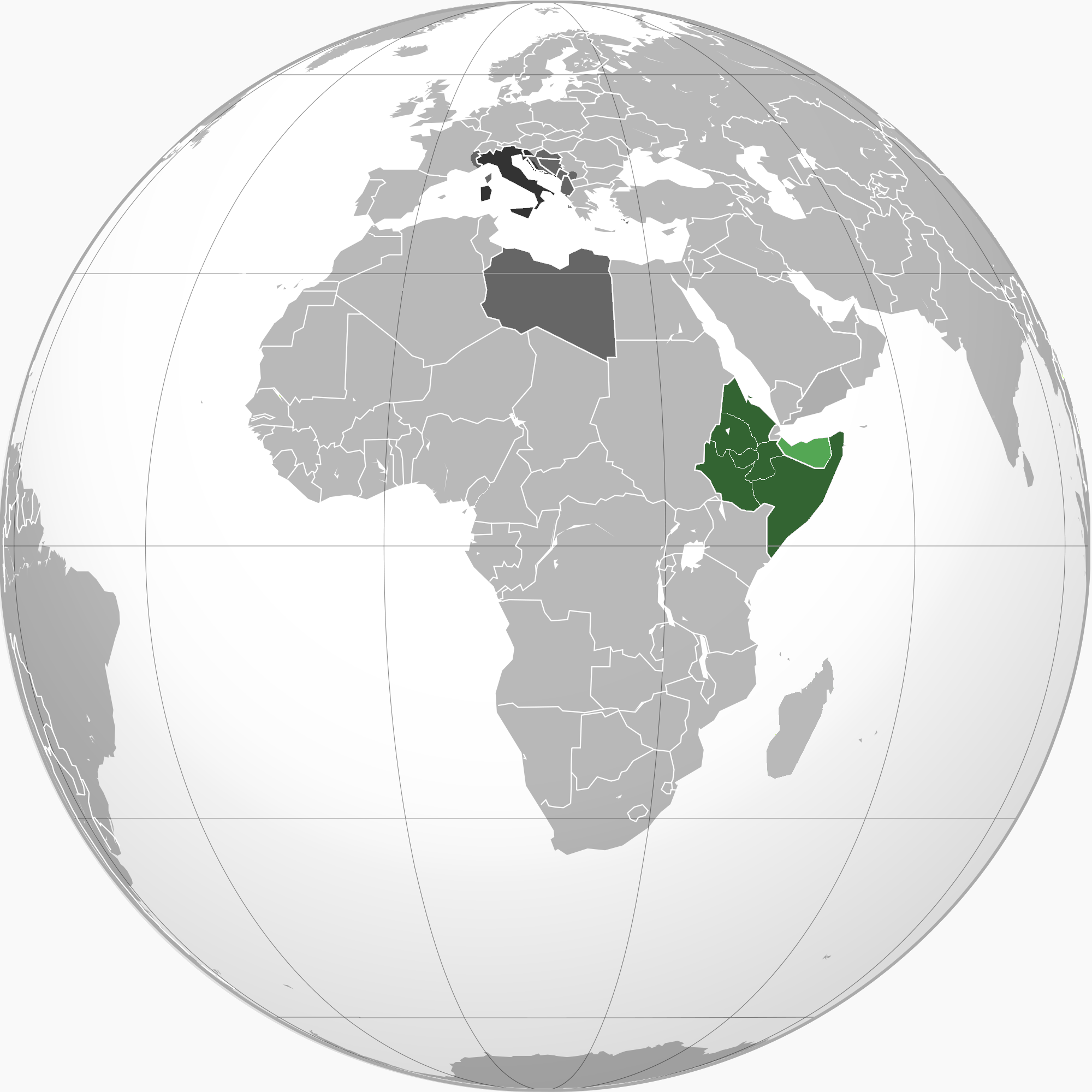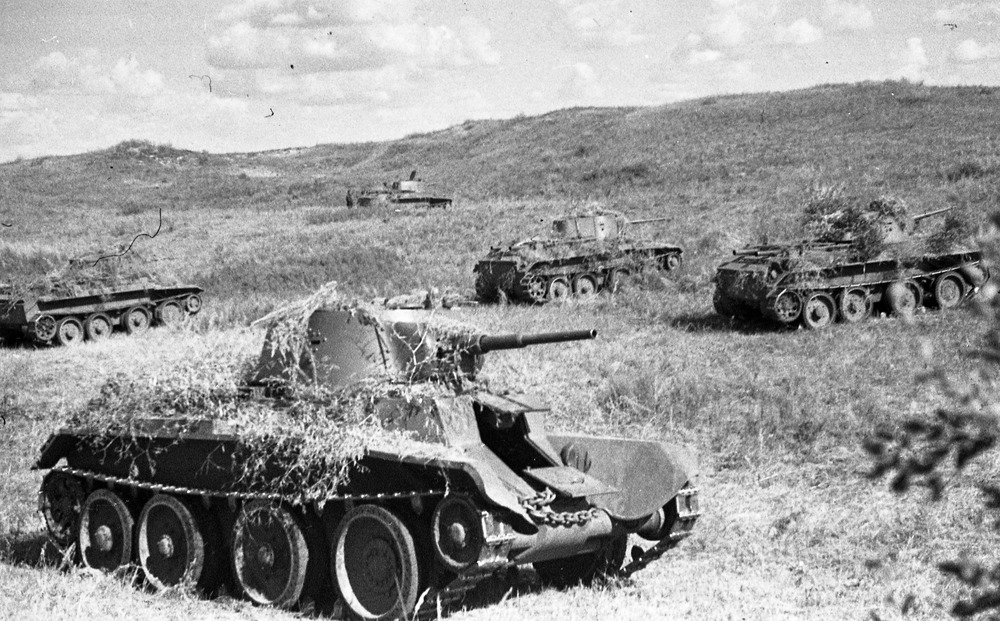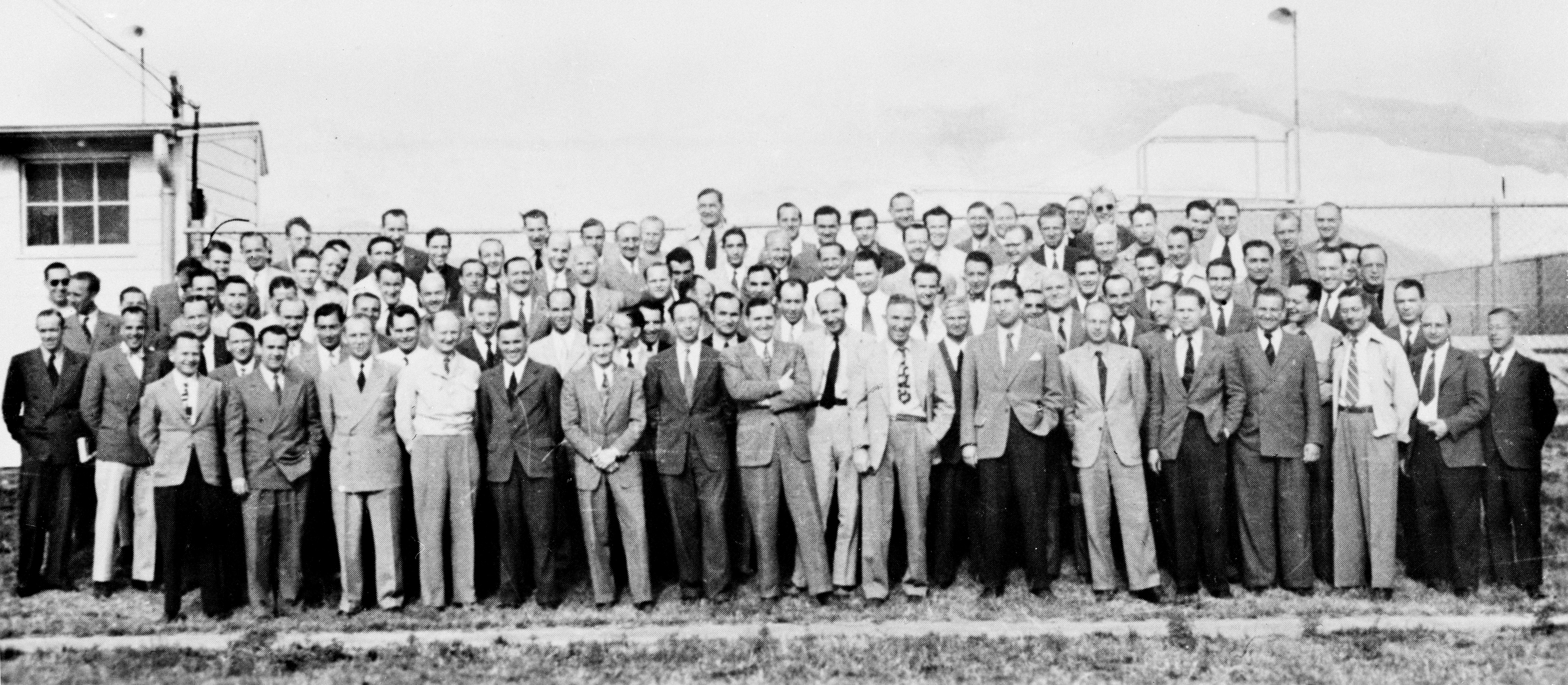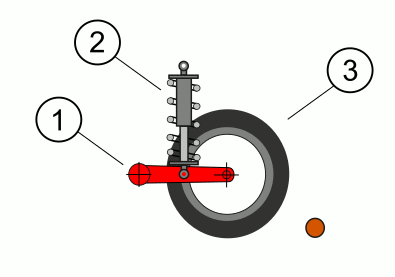|
Tanks Of The Interwar Period
Tanks were initially deployed in World War I, engineered to overcome the deadlock of trench warfare. Between the two world wars, tanks were further developed. Although they had demonstrated their battlefield effectiveness, only a few nations had the industrial resources to design and build them. During and after World War I, United Kingdom, Britain and French Third Republic, France pioneered tank technology, with their models generally serving as a blueprint for other countries. However, this initial advantage would slowly diminish during the 1930s, shifting in favor of the Soviet Union and, to a lesser degree, Nazi Germany. General developments The final tank designs of 1918 were influenced by a number of developments and demonstrated several trends in tank design. One such example was the joint US and British Mark VIII tank, which was envisioned as a heavy tank design that could be utilized by both nations as well as the French. The purpose of this tank was to address th ... [...More Info...] [...Related Items...] OR: [Wikipedia] [Google] [Baidu] |
East African Campaign (World War II)
The East African campaign (also known as the Abyssinian campaign) was fought in East Africa during the Second World War by Allies of World War II, mainly from the British Empire, against Kingdom of Italy, Italy and its colony of Italian East Africa, between June 1940 and November 1941. The British Middle East Command with troops from the United Kingdom, Union of South Africa, South Africa, British Raj, British India, Uganda Protectorate, British Kenya, Kenya, British Somaliland, Somaliland, British West Africa, West Africa, Northern Rhodesia, Northern and Southern Rhodesia, Anglo-Egyptian Sudan, Sudan and Nyasaland participated in the campaign. These were joined by the Allied of Belgian Congo, Ethiopian Empire, Imperial Ethiopian Arbegnoch (resistance forces) and a small unit of Free French Forces. Italian East Africa was defended by the (Italian East African Armed Forces Command), with units from the (Royal Army), (Royal Air Force) and (Royal Navy). The Italian forces inclu ... [...More Info...] [...Related Items...] OR: [Wikipedia] [Google] [Baidu] |
Vickers 6-ton
The Vickers 6-ton tank or Vickers Mark E, also known as the "Six-tonner", was a British light tank designed in 1928 in a private project at Vickers. Though not adopted by the British Army, it was picked up by several other armed forces, and licensed by the Soviet Union as the T-26. It was also the direct predecessor of the Polish 7TP tank. History The first Mark E was built in 1928 by a design team that included the famed tank designers John Valentine Carden and Vivian Loyd. The hull was made of riveted steel plates, thick at the front and over most of the turrets, and about thick on the rear of the hull. The power was provided by an Armstrong Siddeley engine of (depending on the version), which gave it a top speed of on roads. Its suspension used two axles, each of which carried a two-wheel bogie to which a second set of bogies was connected with a leaf spring. It was patented by Carden in 1929 and apparently derived from a similar but simpler suspension on Light Ta ... [...More Info...] [...Related Items...] OR: [Wikipedia] [Google] [Baidu] |
Crusader Tank
Crusader, in full "Tank, Cruiser Mk VI, Crusader", also known by its List of tanks of the United Kingdom#General Staff numbers, General Staff number A.15, was one of the primary British cruiser tanks during the early part of the World War II, Second World War. Over 5,000 tanks were manufactured and they made important contributions to the British victories during the North African campaign. The Crusader only saw active service in Africa but the chassis of the tank was modified to create anti-aircraft, fire support, observation, communication, bulldozer and recovery vehicle variants. The first Crusader Mark I tanks entered service in 1941 and though manoeuvrable, they were relatively lightly armoured and under-armed. The following Crusader Mark II had a maximum armour of . The main armament for the Crusader Mark I and IIs was a 40 mm Ordnance QF 2-pounder gun; the following Crusader Mark III was fitted with a 57 mm Ordnance QF 6-pounder gun at the expense of one member ... [...More Info...] [...Related Items...] OR: [Wikipedia] [Google] [Baidu] |
Cruiser Tank
The cruiser tank (sometimes called cavalry tank or fast tank) was a British tank concept of the interwar period for tanks designed as modernised armoured and mechanised cavalry, as distinguished from infantry tanks. Cruiser tanks were developed after medium tank designs of the 1930s failed to satisfy the Royal Armoured Corps. The cruiser tank concept was conceived by Giffard Le Quesne Martel, who preferred many small light tanks to swarm an opponent, instead of a few expensive and unsatisfactory medium tanks. "Light" cruiser tanks (for example the Cruiser Mk I) carried less armour and were correspondingly faster, whilst "heavy" cruiser tanks (such as the Cruiser Mk II) had more armour and were slightly slower. The British cruiser tank series started in 1938 with the A9 and A10 cruiser tanks, followed by the A13, A13 Mark II, the A13 Mark III Covenanter in 1940 and the A15 Crusader which entered service in 1941. The Crusader was superseded by the A27 Cromwell in 1944. The ... [...More Info...] [...Related Items...] OR: [Wikipedia] [Google] [Baidu] |
Christie M1931
The Christie M1931, known as the Combat Car, T1 in US Cavalry use and Medium Tank, Convertible, T3 in Infantry branch, was a wheel-to-track tank designed by J. Walter Christie for the United States Army using Christie's ideas of an aero-engine and the novel Christie suspension to give high mobility. The M1931 was Christie's first tank to be accepted for production by the US Army and was used briefly by experimental tank units. Christie's design had more influence in Europe, with the USSR and the UK developing Christie's ideas in the form of ''Bystrokhodny'' (fast) tanks and cruiser tanks respectively. Development The Christie M1931 originated as the M1928, which used Christie's suspension, and had the ability to run on its tracks or the wheels. The M1928 was demonstrated unofficially to the US Army by traversing a route at an average speed of ; by contrast the US Army's T1E1 tanks – expected to replace their WWI-era M1917 light tanks – averaged over the same route. Thi ... [...More Info...] [...Related Items...] OR: [Wikipedia] [Google] [Baidu] |
T-34
The T-34 is a Soviet medium tank from World War II. When introduced, its 76.2 mm (3 in) tank gun was more powerful than many of its contemporaries, and its 60-degree sloped armour provided good protection against Anti-tank warfare, anti-tank weapons. The T-34 had a profound effect on the conflict on the Eastern Front (World War II), Eastern Front, and had a long-lasting impact on tank design. The tank was praised by German generals when encountered during Operation Barbarossa, although its armour and armament were surpassed later in the war. Its main strength was its cost and production time, meaning that German panzer forces would often fight against Soviet tank forces several times their own size. The T-34 was also a critical part of the mechanized divisions that formed the backbone of the Deep operation, deep battle strategy. The T-34 was the mainstay of the Soviet Red Army armoured warfare, armoured forces throughout the war. Its general specifications remained n ... [...More Info...] [...Related Items...] OR: [Wikipedia] [Google] [Baidu] |
World War II
World War II or the Second World War (1 September 1939 – 2 September 1945) was a World war, global conflict between two coalitions: the Allies of World War II, Allies and the Axis powers. World War II by country, Nearly all of the world's countries participated, with many nations mobilising all resources in pursuit of total war. Tanks in World War II, Tanks and Air warfare of World War II, aircraft played major roles, enabling the strategic bombing of cities and delivery of the Atomic bombings of Hiroshima and Nagasaki, first and only nuclear weapons ever used in war. World War II is the List of wars by death toll, deadliest conflict in history, causing World War II casualties, the death of 70 to 85 million people, more than half of whom were civilians. Millions died in genocides, including the Holocaust, and by massacres, starvation, and disease. After the Allied victory, Allied-occupied Germany, Germany, Allied-occupied Austria, Austria, Occupation of Japan, Japan, a ... [...More Info...] [...Related Items...] OR: [Wikipedia] [Google] [Baidu] |
BT Tank
The BT tank (, lit. "fast moving tank" or "high-speed tank") was one of a series of Soviet light tanks produced in large numbers between 1932 and 1941. They were lightly armoured, but reasonably well-armed for their time, and had the best mobility of all contemporary tanks. The BT tanks were known by the nickname ''Betka'' from the acronym, or by its diminutive ''Betushka''. The successor of the BT tanks was the famous T-34 medium tank, introduced in 1940, which would replace all of the Soviet fast tanks, infantry tanks, and light tanks in service. Design The BT tanks were "convertible tanks". This was a feature that was designed by J. Walter Christie to reduce wear of the unreliable tank tracks of the 1930s. In about thirty minutes, the crew could remove the tracks and engage a chain drive to the rearmost road wheel on each side, allowing the tank to travel at very high speeds on roads. In wheeled mode, the tank was steered by pivoting the front road wheels. According to histo ... [...More Info...] [...Related Items...] OR: [Wikipedia] [Google] [Baidu] |
United States Army Ordnance Corps
The United States Army Ordnance Corps, formerly the United States Army Ordnance Department, is a Combat service support (United States), sustainment branch of the United States Army, headquartered at Fort Gregg-Adams, Fort Gregg-Adams, Virginia. The broad mission of the Ordnance Corps is to supply Army combat units with weapons and ammunition, including at times, their procurements and maintenance. Along with the Quartermaster Corps (United States Army), Quartermaster Corps and Transportation Corps, it forms a critical component of the U.S. Army logistics system. The U.S. Army Ordnance Corps mission is to support the development, production, acquisition, and sustainment of weapon systems, ammunition, missiles, electronics, and ground mobility materiel during peace and war to provide combat power to the U.S. Army. The officer in charge of the branch for doctrine, training, and professional development purposes is the Chief of Ordnance of the United States Army, Chief of Ordnance ... [...More Info...] [...Related Items...] OR: [Wikipedia] [Google] [Baidu] |
Christie Suspension
The Christie suspension is a suspension system developed by American engineer J. Walter Christie for his tank designs. It allowed considerably longer movement than conventional leaf spring systems then in common use, which allowed his tanks to have considerably greater cross-country speed. The system was first introduced on his M1928 design, and used on all of his designs until his death in 1944. History Christie advocated the use of lightweight tanks with long range and high speed, designed to penetrate enemy lines and attack their infrastructure and logistics capabilities. A major problem with tanks in World War I was tracked suspension failure. Christie's first tank design of 1919 could be driven on its wheels to get to the starting point and then the tracks fitted before it went into action. The US Tank Corps ordered a single tank from Christie's company based on this design. The tank, known as the M1919, was delivered in early 1921 and tested until Christie propos ... [...More Info...] [...Related Items...] OR: [Wikipedia] [Google] [Baidu] |
Light Tank
A light tank is a Tank classification, tank variant initially designed for rapid movements in and out of combat, to outmaneuver heavier tanks. It is smaller with thinner vehicle armour, armor and a less powerful tank gun, main gun, tailored for better tactical mobility (military), mobility and ease of transport and military logistics, logistics. They are primarily employed in the screening (tactical), screening, armoured reconnaissance, armored reconnaissance, skirmishing, artillery observer, artillery observation, and supplementing landing operations in a fire support role of expeditionary warfare, expeditionary forces where larger, heavier tanks are unavailable or have difficulties operating safely or efficiently. The fast light tank was a major feature of the pre–World War II army buildup, where it was expected they would be used to exploit breakthroughs in enemy lines created by slower, heavier tanks, with the goal of disrupting communications and supply lines. Numerous sm ... [...More Info...] [...Related Items...] OR: [Wikipedia] [Google] [Baidu] |










